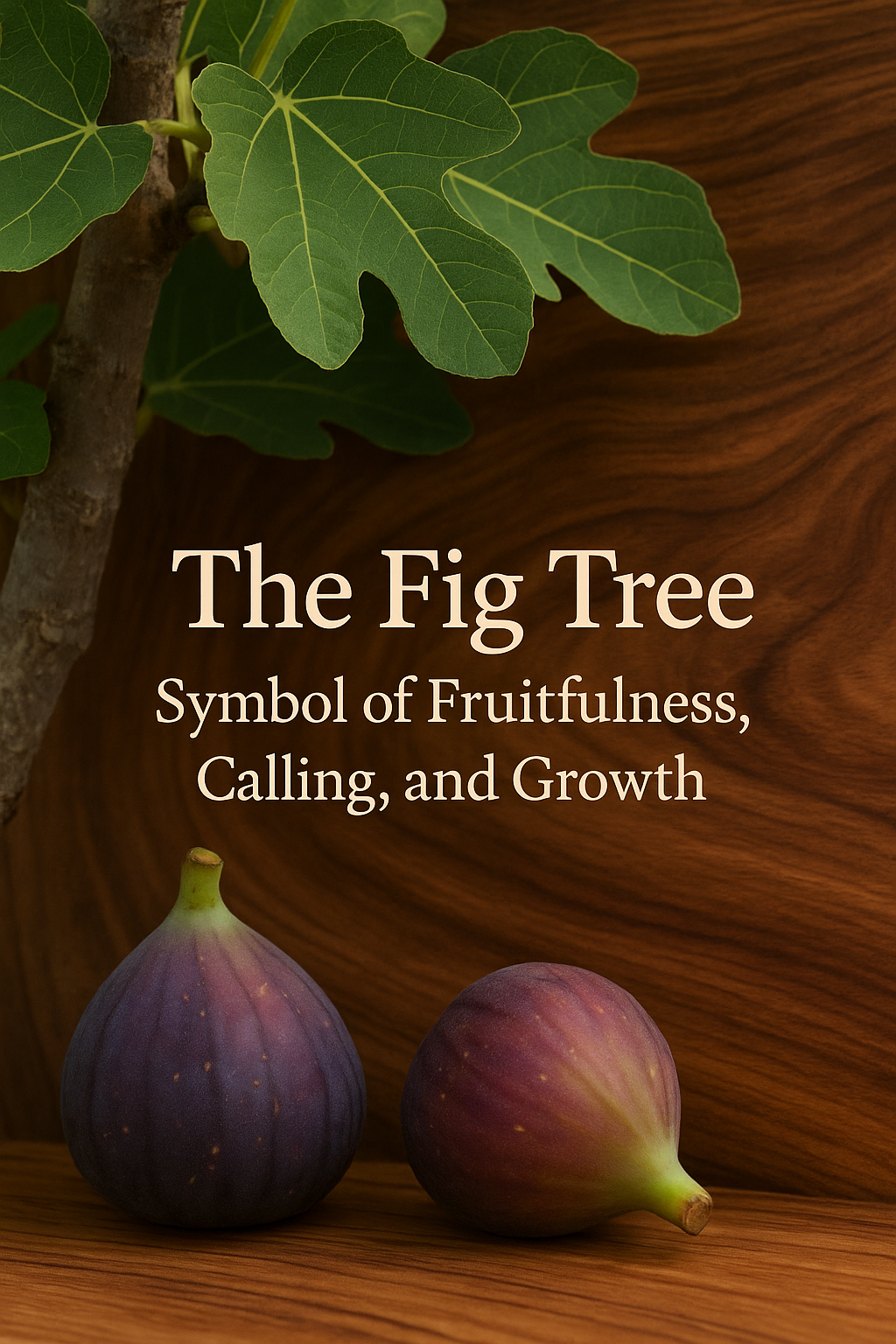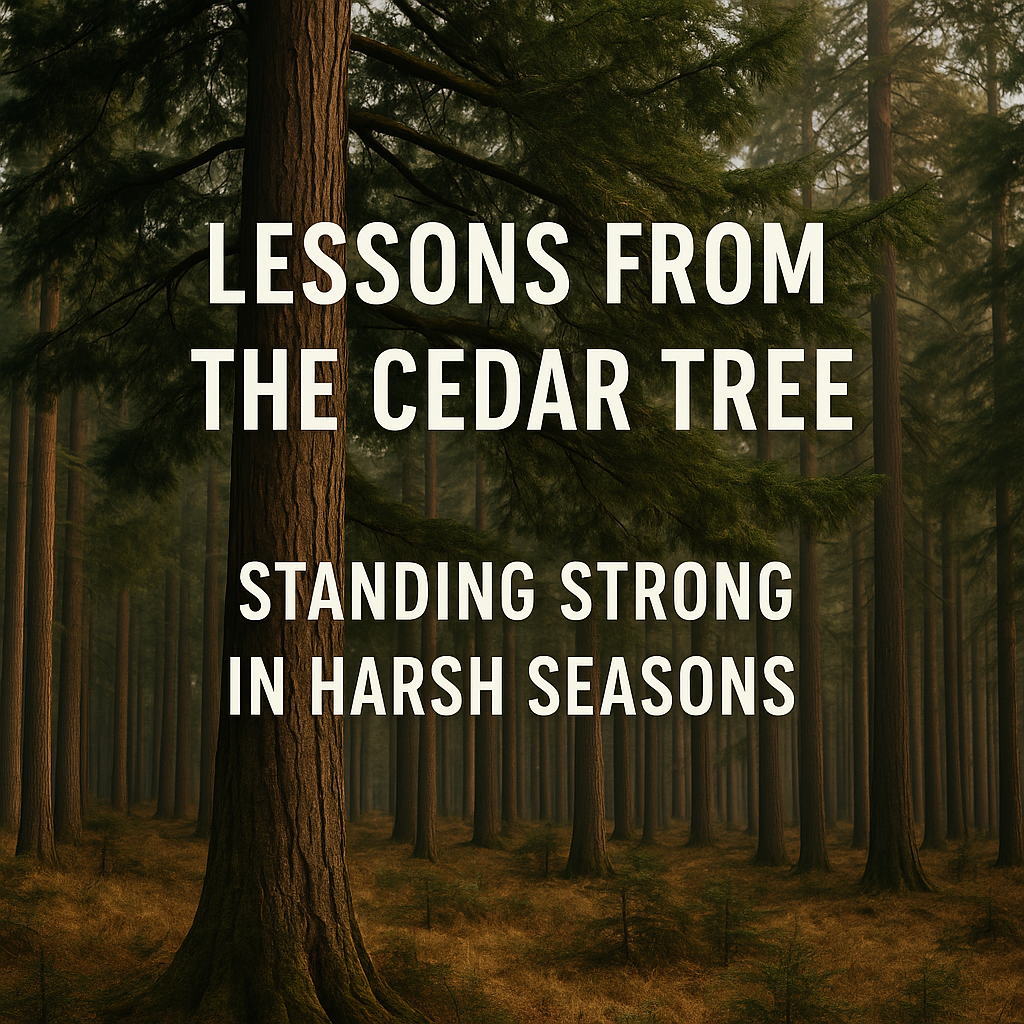(A Fall Reflection on Family, Seasons, and Growth)
The first cool Saturday of October always sneaks up on me. One day I’m wiping sweat from my brow in the shop, and the next, I’m standing in the backyard surrounded by a sea of gold, red, and burnt orange. The air smells like woodsmoke, and the leaves crunch just right under my boots.
This year, I grabbed a couple of rakes and called the kids out to help. They didn’t come running right away—raking leaves doesn’t exactly compete with screens and snacks—but eventually, one by one, they wandered out. Before long, we had a rhythm going: piles growing, laughter building, and the occasional “accidental” toss of leaves in someone’s hair.
As we raked, I couldn’t help but think about how seasons change whether we’re ready or not. One day the trees are full and alive; the next, they’re letting go. And somehow, they never seem bitter about it. They just release what’s no longer needed so they can rest and prepare for what’s next.
That hit me as I watched my kids, now taller and older than the last time we did this. The same yard, the same trees—but a different chapter of life. I used to rake while they jumped into the piles. Now they’re helping build them. Time moves like the wind that scatters the leaves—it doesn’t ask permission, and it doesn’t slow down just because you want one more moment.
Somewhere between the sound of rakes scraping the ground and the laughter echoing off the trees, we started talking about change. The kind you can see—the kind that shows up in new schools, new friends, new jobs—and the kind that happens quietly inside. One of the kids asked why God made seasons at all, and I told them maybe it’s so we’d have a reminder that nothing stays the same forever. Not the weather, not the leaves, not us.
And maybe that’s a good thing.
Because if every leaf stayed green, we’d never appreciate the color. If every day stayed warm, we’d never enjoy the first fire of fall. Change gives meaning to what came before and makes room for what’s ahead.
When we finished, the yard looked good—but the kids were gone again, off chasing the next thing. I stood there for a minute, rake in hand, breathing in that cool Indiana air. The trees looked bare, but not empty. Just ready for rest. Ready for what’s next.
It made me wonder how many things in life I’ve held onto long after their season had passed. Maybe God gives us these moments—out here with a rake and a yard full of color—to remind us that letting go doesn’t always mean losing. Sometimes it just means making room for something new to grow.
So, as I leaned the rake back against the inside wall of the shed and headed inside, I couldn’t help but smile. Change isn’t always easy. But maybe, just maybe, it’s beautiful when we let it be.






Leave a comment
This site is protected by hCaptcha and the hCaptcha Privacy Policy and Terms of Service apply.